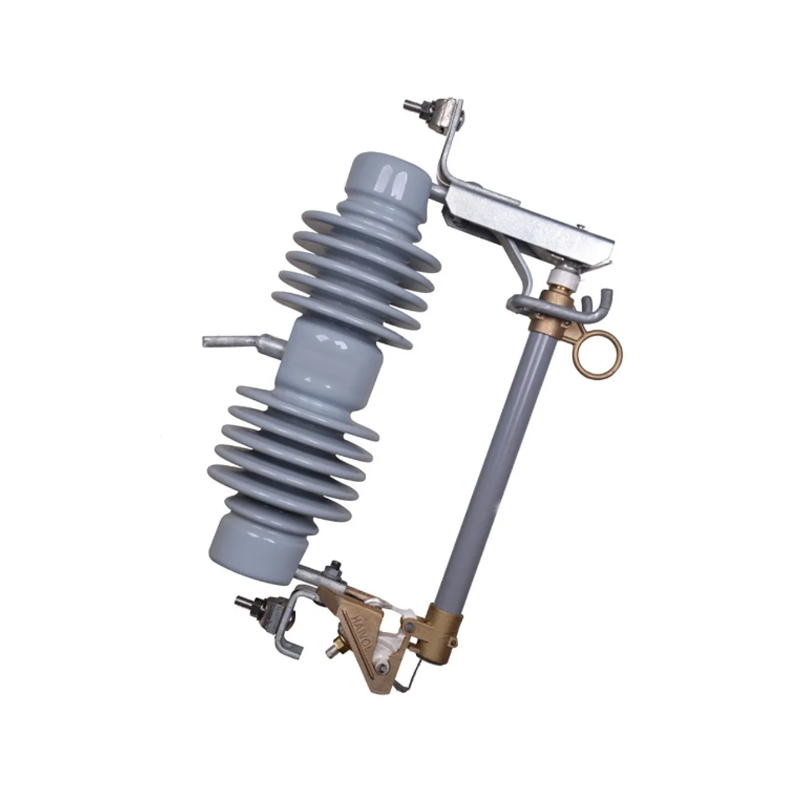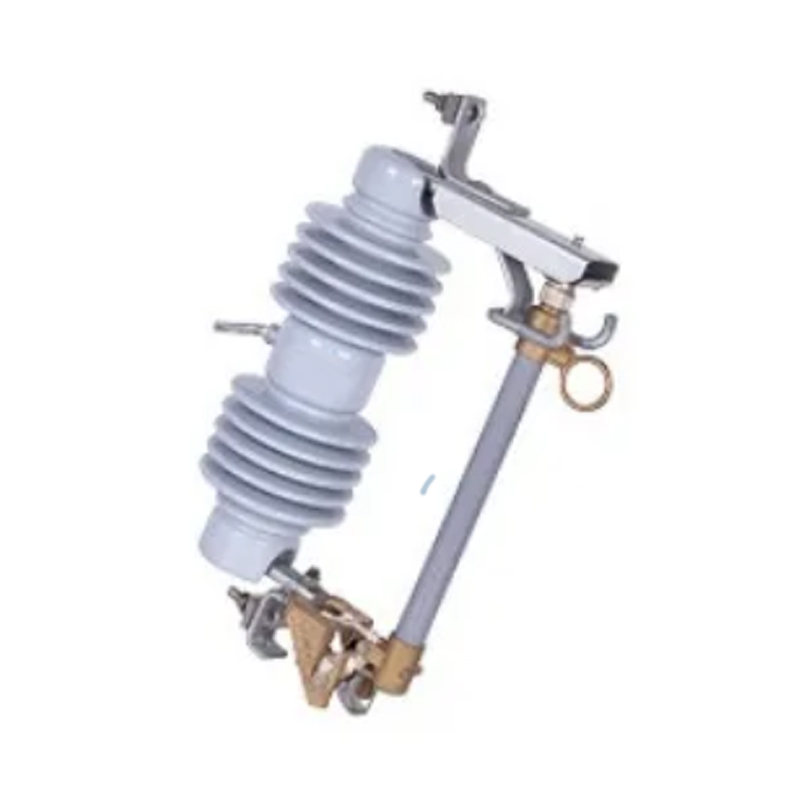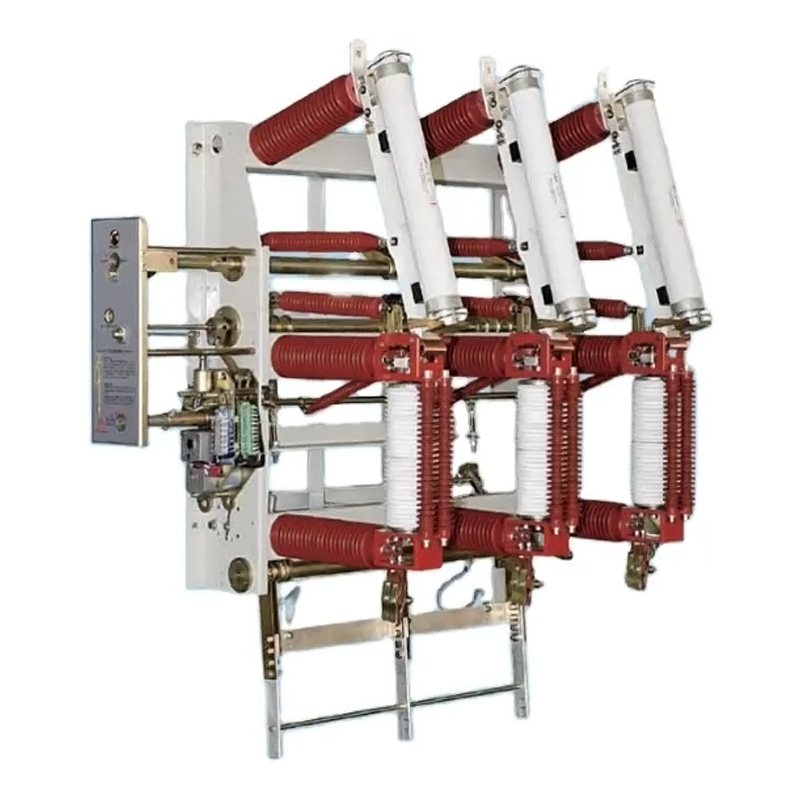Medium Voltage (MV) systems are an integral part of the power distribution network, providing a reliable and efficient means of transmitting electrical power. Within these systems, two critical components are the Medium Voltage Metal Enclosed Switchgear (MV MES) and Medium Voltage Switchboards (MV SB). These devices play a vital role in the control, protection, and safety of electrical power systems.
Medium Voltage Metal Enclosed Switchgear, also known as Metal Clad Switchgear (MCS), is a type of electrical switchgear that is designed to handle currents and voltages in the medium voltage range, typically from 1 kV to 38 kV. The key features and benefits of MV MES include:
a. Enclosure: The switchgear is enclosed in a robust metal housing, which provides protection against environmental factors and physical impacts.
b. Safety: MV MES is designed with safety interlocks to prevent unauthorized access and accidental operation.
c. Circuit Breakers: These switchgear systems incorporate circuit breakers that can interrupt high fault currents, ensuring the safety of the electrical system.
d. Isolation: MV MES provides clear and visible isolation between the live and de-energized parts of the system, which is crucial for maintenance and safety.
Medium Voltage Switchboards are panels that house various electrical components such as switches, fuses, and meters for the control and distribution of medium voltage power. Unlike switchgear, which is primarily designed for circuit protection, switchboards are more focused on control and distribution. Key aspects of MV SB include:
a. Modular Design: MV SBs are typically modular, allowing for customization and scalability based on the specific needs of the power system.
b. Control and Monitoring: They facilitate the control of power flow and provide monitoring capabilities through integrated meters and indicators.
c. Integration: MV Switchboards can be integrated with other systems, such as automation and protection relays, to enhance system performance and reliability.
d. Accessibility: They are designed for easy access to components, which is important for maintenance and troubleshooting.
While both MV MES and MV SB are essential for medium voltage power systems, they serve different purposes and have distinct characteristics:
a. Functionality: MV MES is focused on protection against overcurrent and short circuits, whereas MV SB is more about control and distribution.
b. Components: MV MES includes circuit breakers for protection, while MV SB contains switches and fuses for control and isolation.
c. Enclosure: MV MES has a more robust and sealed enclosure compared to the more open design of MV SB.
d. Application: MV MES is typically used in applications requiring high levels of safety and protection, whereas MV SB is used where control and monitoring are the primary concerns.
Both MV MES and MV SB are used in a wide range of applications due to their ability to manage and control medium voltage power effectively. Some common applications include:
a. Industrial Facilities: In factories and industrial plants, MV MES and MV SB are used to control and protect the power supply to various machines and processes.
b. Power Stations: They are crucial in power generation facilities for the distribution and protection of electrical power.
c. Substations: MV switchgear and switchboards are used in electrical substations to manage the flow of power from high voltage transmission lines to the medium voltage distribution network.
d. Commercial Buildings: In large commercial buildings, they ensure the safe and efficient distribution of power to different sections of the building.



 English
English русский
русский عربى
عربى










